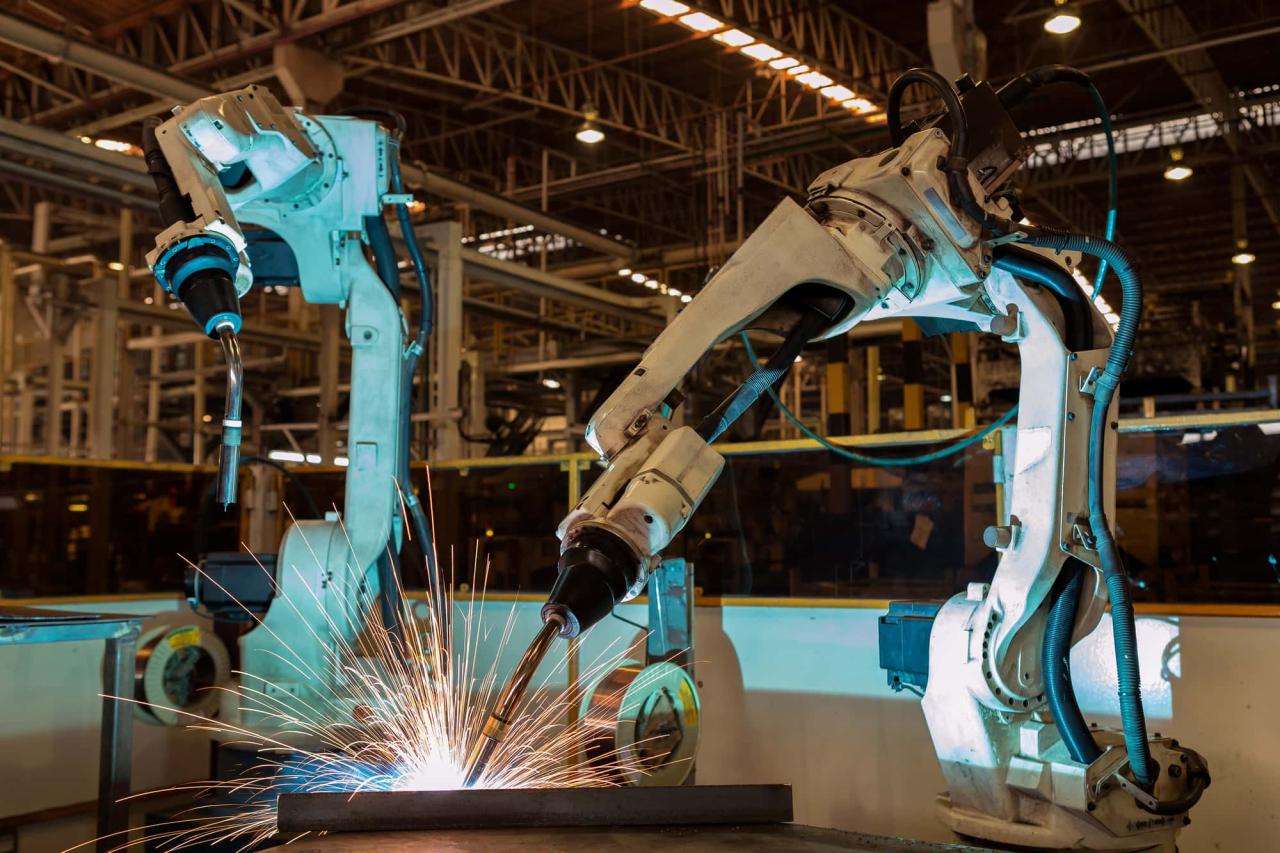

The Role of AI in Environmental Protection and Sustainability
As the world grapples with the challenges of climate change, environmental degradation, and sustainability, Artificial Intelligence (AI) is emerging as a powerful tool in the quest to protect the planet and ensure a sustainable future. From monitoring climate patterns to optimizing resource usage, AI is playing a crucial role in environmental protection and sustainability. In this article, we will explore the various ways in which AI is being used to tackle environmental challenges and promote sustainable development.
Monitoring and Predicting Climate Patterns
One of the most significant applications of AI in environmental protection is in monitoring and predicting climate patterns. AI-powered systems can analyze vast amounts of data from satellite imagery, weather stations, and sensors to identify patterns and trends that can help scientists and policymakers understand and mitigate the impacts of climate change. For example, AI-powered climate models can predict weather patterns, allowing farmers to optimize crop planting and harvesting, reducing the risk of crop failures and improving food security.
Wildlife Conservation
AI is also being used to protect endangered species and preserve biodiversity. AI-powered systems can analyze camera trap images, acoustic sensors, and other data sources to monitor wildlife populations, detect habitat destruction, and identify poaching activities. This information can be used to develop targeted conservation strategies, such as creating protected areas and implementing anti-poaching efforts.
Optimizing Resource Usage
AI can help optimize resource usage in various industries, reducing waste and promoting sustainability. For example, AI-powered systems can analyze energy consumption patterns in buildings and optimize energy usage, reducing energy waste and greenhouse gas emissions. Similarly, AI can be used to optimize water usage in agriculture, reducing the environmental impact of irrigation while maintaining crop yields.
Reducing Energy Consumption
AI can also be used to reduce energy consumption in various sectors, including transportation, industry, and buildings. For example, AI-powered systems can optimize routing and scheduling for electric vehicles, reducing energy consumption and emissions. AI can also be used to optimize energy consumption in buildings, by analyzing energy usage patterns and identifying opportunities for energy efficiency improvements.
Waste Management
AI is also being used to improve waste management practices, reducing waste and promoting sustainable development. AI-powered systems can analyze waste generation patterns, identifying opportunities to reduce waste and optimize waste collection routes. AI can also be used to optimize waste recycling processes, increasing the efficiency of recycling and reducing the amount of waste sent to landfills.
Sustainable Agriculture
AI is being used to promote sustainable agriculture practices, reducing the environmental impact of farming while maintaining crop yields. AI-powered systems can analyze soil health, weather patterns, and crop growth, providing farmers with insights on optimal fertilizer application, irrigation, and pest management. This information can help farmers reduce the use of chemical fertilizers and pesticides, promoting sustainable agriculture practices.
Disaster Response and Recovery
AI can also be used to respond to and recover from natural disasters, reducing the environmental impact of disaster response efforts. AI-powered systems can analyze satellite imagery and sensor data to assess damage, prioritize response efforts, and optimize resource allocation. AI can also be used to predict disaster risks, allowing for proactive mitigation and preparedness efforts.
Challenges and Opportunities
While AI has tremendous potential in environmental protection and sustainability, there are also challenges and opportunities to be addressed. One of the key challenges is ensuring that AI systems are designed and trained to prioritize environmental sustainability and social equity. There is also a need for greater investment in AI research and development focused on environmental protection and sustainability.
However, the opportunities for AI in environmental protection and sustainability are vast. As AI technology continues to evolve, we can expect to see even more innovative applications in fields such as renewable energy, sustainable infrastructure, and eco-friendly product design.
Conclusion
In conclusion, AI is playing a critical role in environmental protection and sustainability. From monitoring climate patterns to optimizing resource usage, AI is being used to tackle some of the most pressing environmental challenges facing the planet. While there are challenges to be addressed, the opportunities for AI in environmental protection and sustainability are vast and promising. As we continue to develop and deploy AI technology, we can create a more sustainable future for generations to come.




